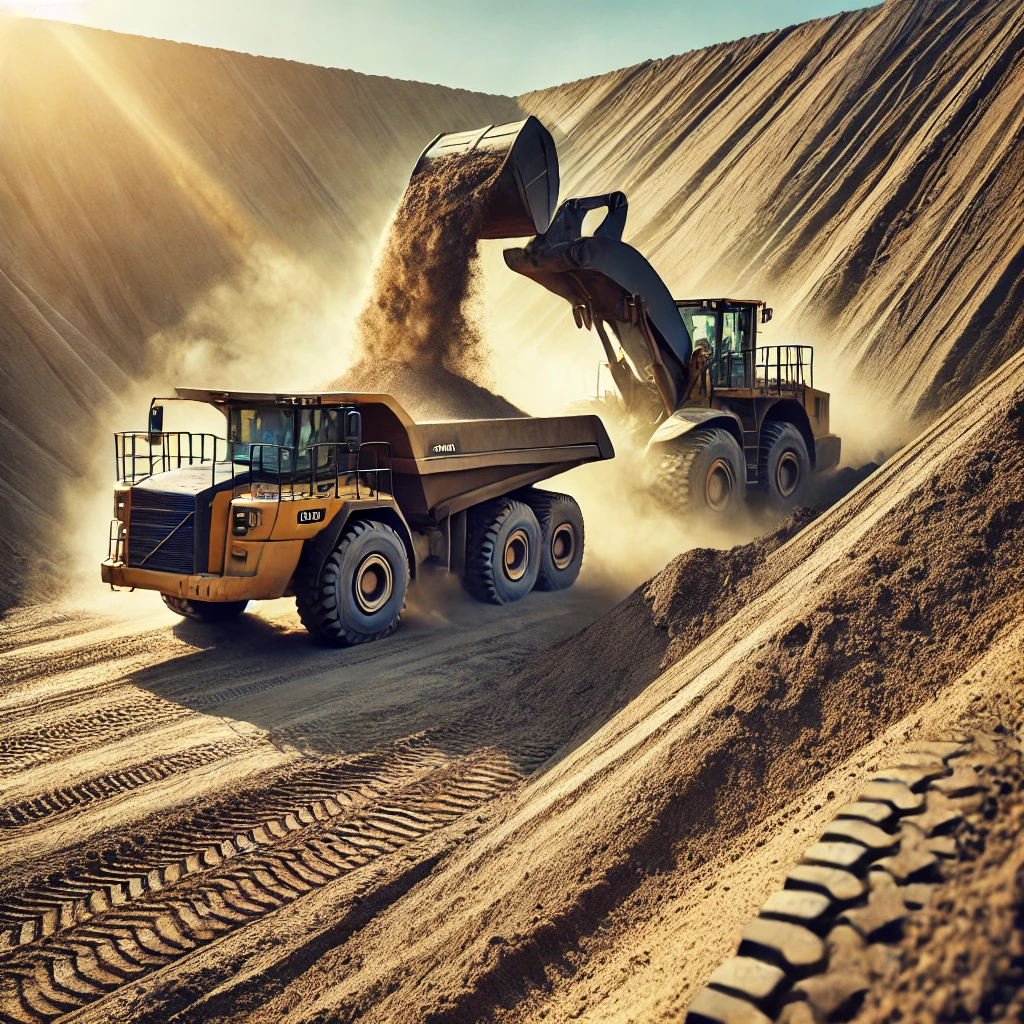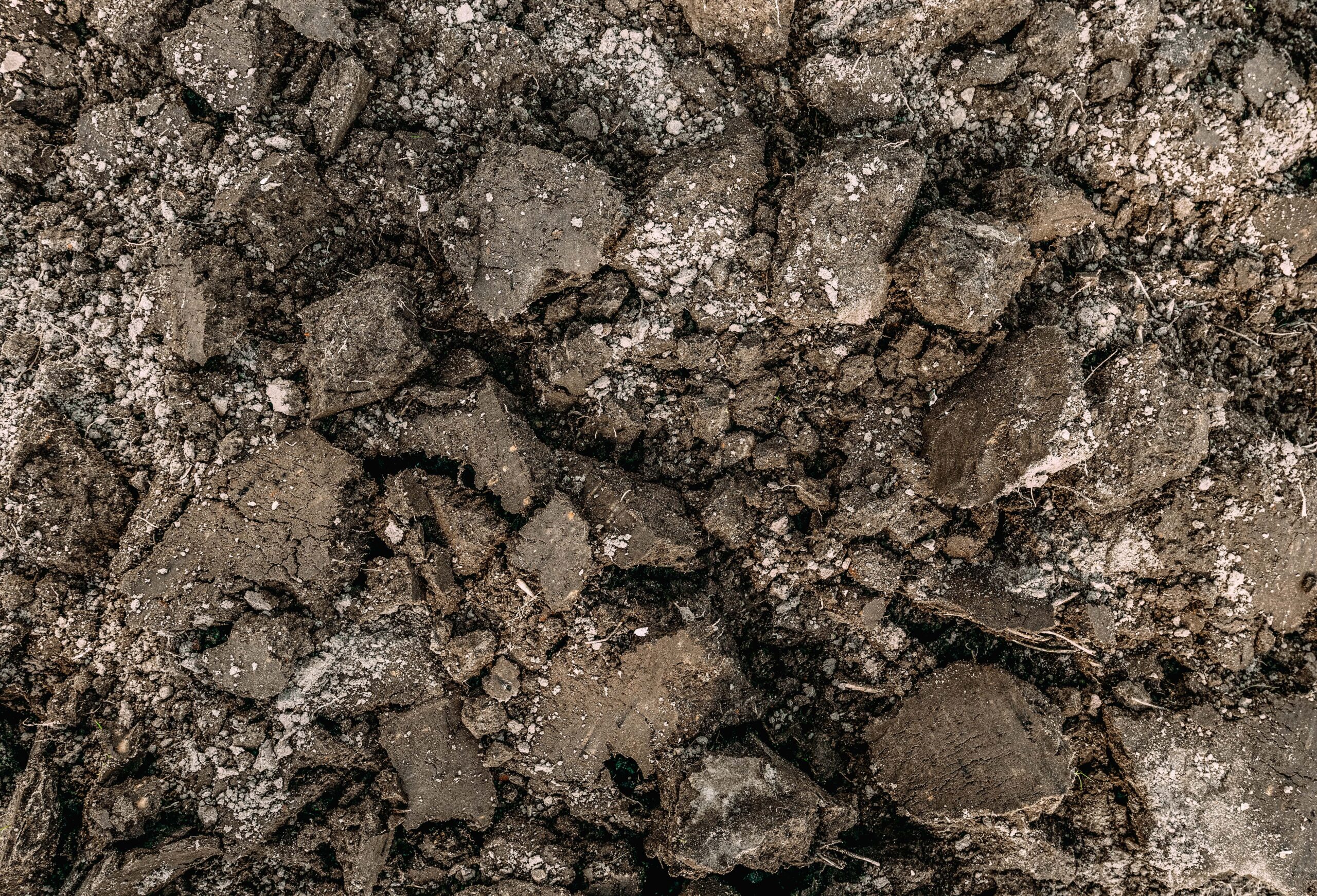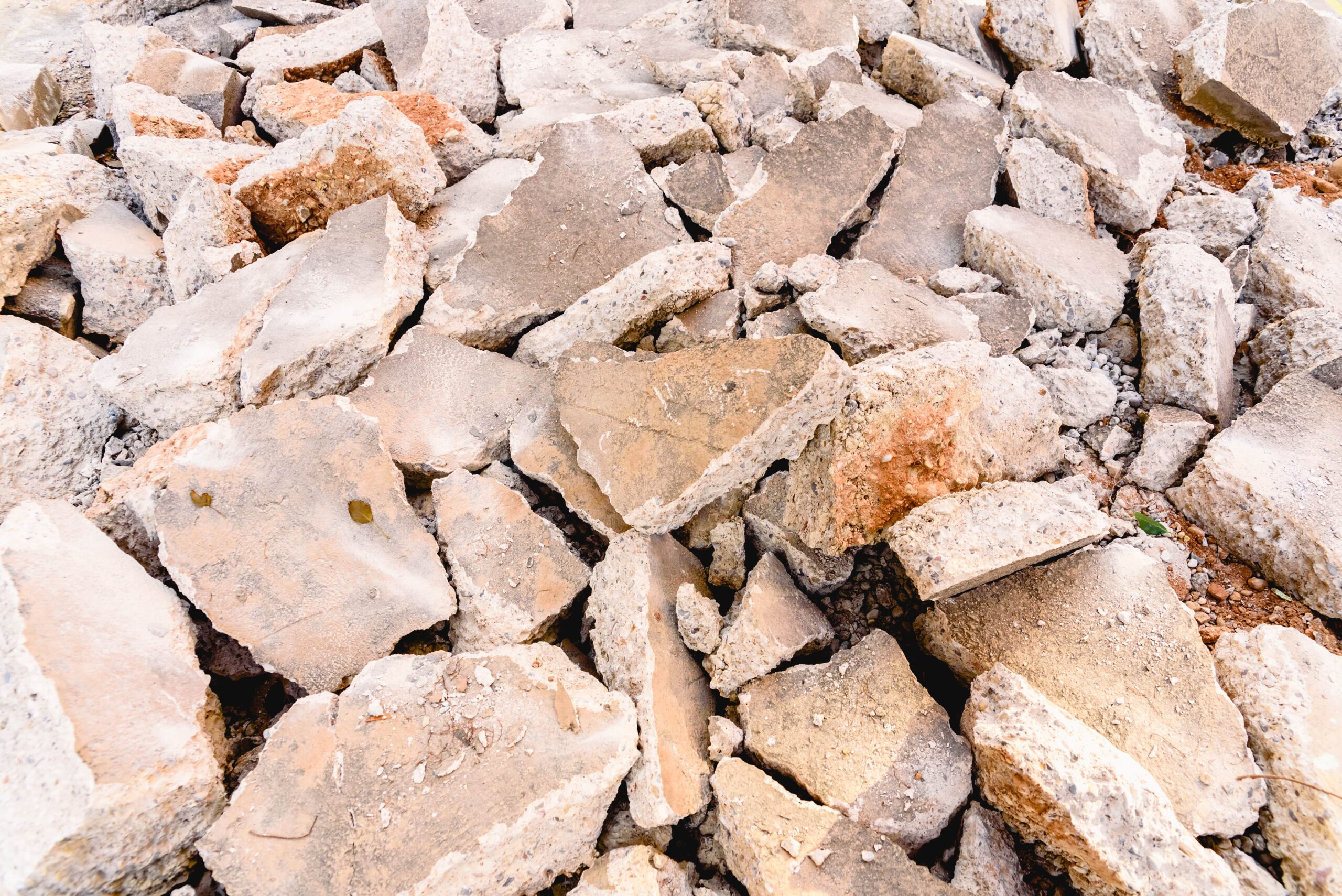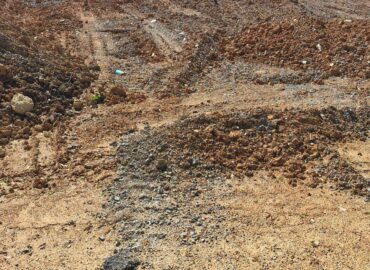The Environmental Impact of Select Fill: What You Need to Know in Philadelphia
The use of select fill in construction projects across Philadelphia plays a crucial role in ensuring stability, proper drainage, and long-term structural integrity. However, as environmental concerns grow, developers and contractors must consider the environmental impact of sourcing and using select fill. Sustainable practices can help minimize the ecological footprint of construction while maintaining project efficiency.
Environmental Challenges in Select Fill Use
1. Excessive Soil Excavation and Resource Depletion
The demand for select fill often leads to extensive excavation, which disrupts natural landscapes and depletes local soil resources. Unregulated extraction sites can contribute to habitat destruction and erosion.
Solution: Contractors can opt for responsibly sourced select fill from suppliers that follow sustainable excavation practices. Using Borrow Pit ensures access to regulated and environmentally conscious suppliers.
2. Transportation-Related Carbon Emissions
Hauling large quantities of select fill over long distances contributes significantly to greenhouse gas emissions. The farther the material travels, the larger the environmental impact.
Solution: Sourcing select fill from local providers minimizes transportation emissions. By using Borrow-Pit.com, contractors can find fill material closer to their project sites, reducing fuel consumption and air pollution.
3. Waste Generation and Landfill Overflow
In many cases, excess soil from construction sites is discarded in landfills, leading to unnecessary waste accumulation. Rather than disposing of useful material, repurposing or recycling fill can promote sustainability.
Solution: Contractors can utilize recycled or repurposed select fill from excavation projects. This reduces landfill waste and provides a cost-effective alternative for developers. Listings on Borrow-Pit frequently feature reusable fill options, promoting circular economy practices in construction.
Sustainable Alternatives and Best Practices
- Use of Recycled Fill Material – Recycled construction materials, including crushed concrete and reclaimed soil, can serve as viable select fill alternatives while reducing waste.
- Proper Site Assessment – Conducting thorough soil assessments can help determine whether existing soil can be reused rather than replaced, cutting down on unnecessary excavation.
- Erosion Control Measures – Implementing erosion control techniques such as silt fencing and vegetation barriers helps protect surrounding environments when working with select fill.
Find Environmentally Conscious Select Fill in Philadelphia
For those looking to minimize their environmental impact, Borrow Pit connects contractors with responsible suppliers offering high-quality select fill. Current listings include:
- 15,000 to 20,000 CY of Fill Dirt in Philadelphia, PA (Free)
- 15,000-20,000 CY of Good Clean Fill Dirt in Trevose, PA (Free)
Conclusion
Balancing construction needs with environmental responsibility is crucial for sustainable development in Philadelphia. By sourcing responsibly, minimizing waste, and reducing transportation emissions, developers can significantly lower the ecological footprint of select fill use. Visit Borrow-Pit.com to find environmentally friendly select fill options for your next project.




